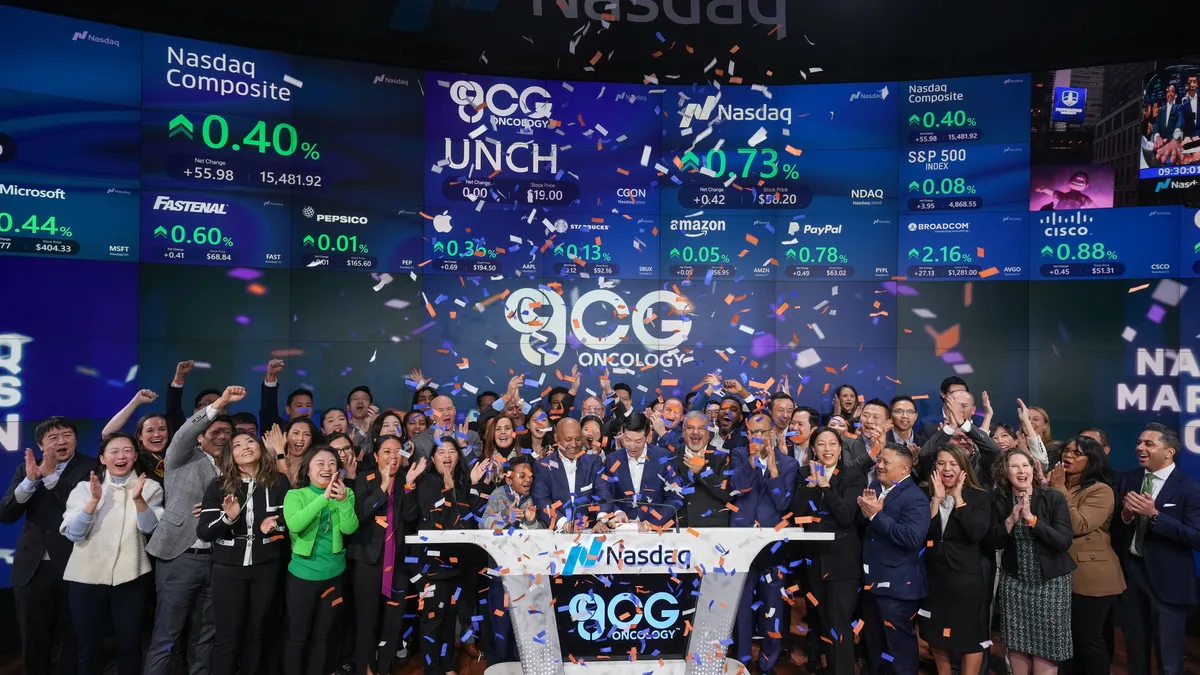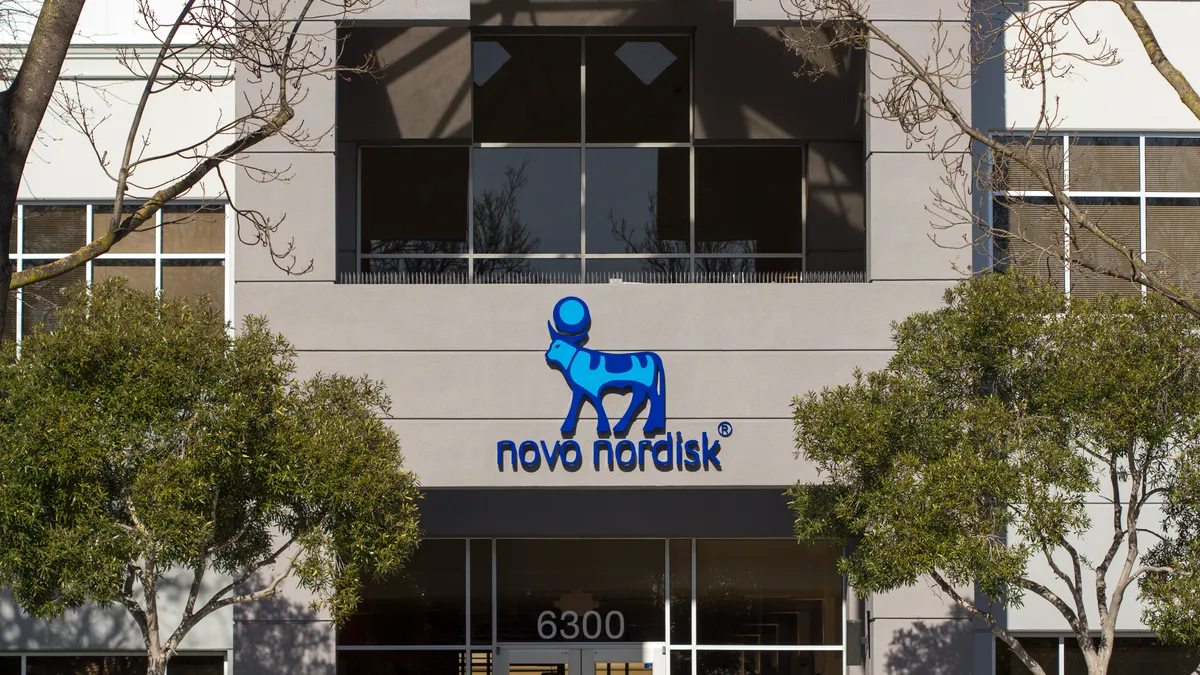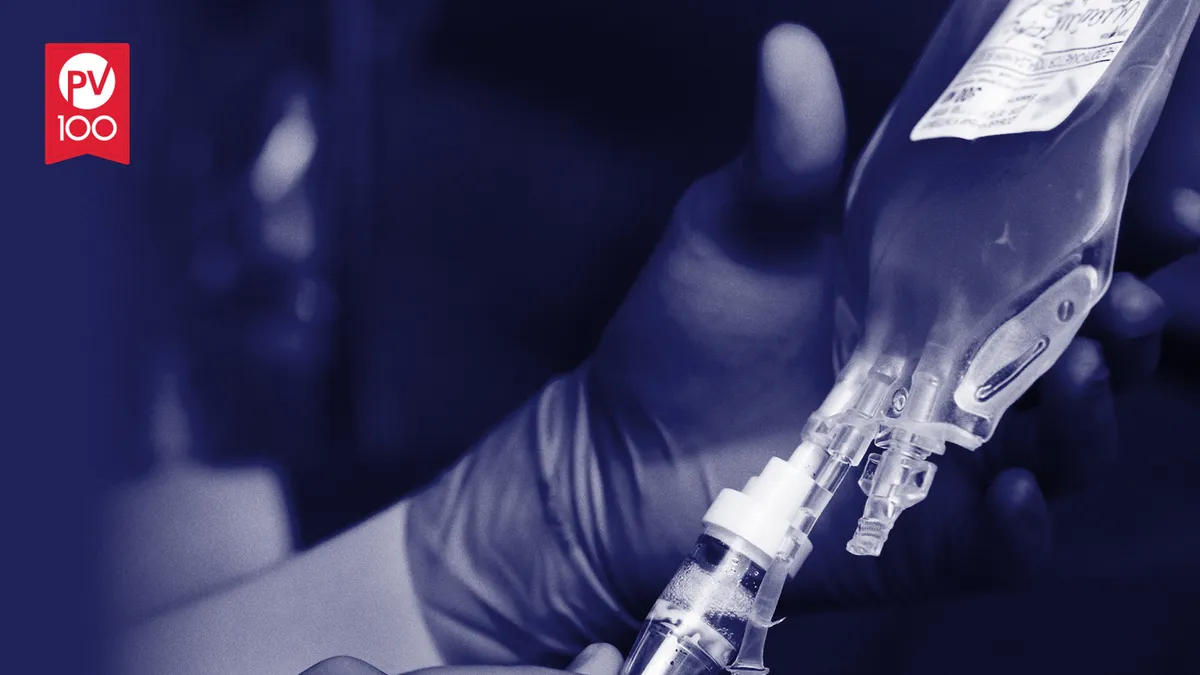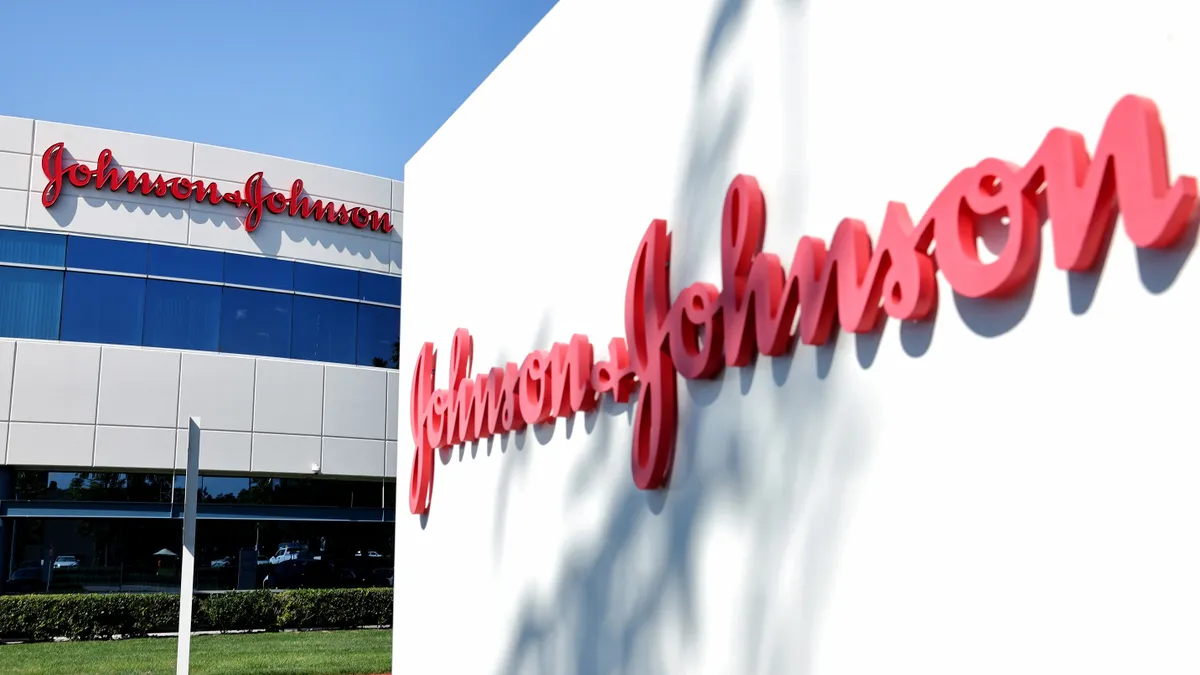After more than two years in the doldrums, initial public offerings, an important indicator of the biotechnology industry’s health, have shown signs of life.
A run of offerings in the first six weeks of 2024, most worth around $100 million or more, has put the sector on its strongest pace since 2021. Those IPOs, combined with the recovery of biotech’s two flagship stock funds and a dealmaking surge, have given industry watchers reasons to be optimistic.
“Some of the trends that are going on are in the right direction,” said Mike Perrone, a managing director at Baird, an investment bank. If they continue, “we can feel confident that the worst is behind us.”
Yet, it’s unclear whether that’s the case for IPOs. Since a torrid two-week stretch in late January and early February, no biotechs have revealed IPO plans or priced. Offerings appear most accessible to companies with drugs in advanced testing; those earlier on still seem to be having difficulty. Some predict offerings won’t pick up until later this year or even 2025.
“There’s still a lot of selectivity,” said Peter Maag, the CEO of Kyverna Therapeutics, which raised one of the year’s largest offerings. The market is “skewed towards late-stage, de-risked types of assets.”
Whether it stays that way could have important consequences for how drug startups are built and financed in the near future. Here are three questions to watch.
Is the recent IPO surge a mirage?
Since the start of the year, eight biotechnology companies have priced an IPO. They’ve raised roughly $1.2 billion combined, far more than the total at this point in each of the last two years. In 2023, four companies raised a total of $375 million, while the year before eight biotechs pulled in $675 million, according to BioPharma Dive data.
CG Oncology, Kyverna Therapeutics and ArriVent Biopharma each raised more than initially projected. Their stock prices climbed after pricing, too, a sign of public investor demand. All three currently trade well above their IPO price.
Yet, over the past two years, dry periods have typically followed spurts of IPO activity. That appears to be happening again this year.
Industry insiders interviewed by BioPharma Dive had mixed views on whether that pattern will change.
Kazi Helal, Pitchbook’s senior healthcare analyst, said the surge in successful offerings could convince other biotechs to capitalize on the momentum. “More people will go IPO now because there's now money, and they don't want to be the last guy when there's no money,” he said.
Others are more cautious. Michael Cohen, co-leader of Brown Rudnick’s venture capital group, expects more activity in late 2024 and early next year. To his colleague Chris Jeffers, Brown Rudnick’s vice president of life sciences, the pace of offerings by April will be a better barometer of whether the IPO window is actually open.
Economic uncertainty or swings in the broader market may also impact the pace of activity, noted Kale Frank, managing director in Silicon Valley Bank’s life science and healthcare practice. Poor performance by newly public companies could push others to adjust.
"You will see some bursts of activity," but also "some cold spells,” Frank said.
A glut of biotechs are waiting. The current backlog of companies looking to go public is bigger "than we've ever had,” Frank said. Investors are telling a lot of those companies "to be ready and be opportunistic.”
Will the IPO market open up?
Since the start of 2023, there has been a change in the type of company that can successfully go public.
More than half of the 28 IPOs since — and nine of the largest 10 offerings — involved companies with drugs in mid-stage testing or later, according to BioPharma Dive data. By comparison, only six companies without a drug in human trials have priced. They raised an average of about $88 million. Half pulled in less than $10 million.
The shift reflects a move by investors to safer bets. In 2020 and 2021, a majority of the companies going public were either in preclinical or Phase 1 testing. Now, companies with early, or broad drugmaking technologies are having a tougher time.
“People with a platform that is five years away from the clinic, that’s just not going to fly in this environment whatsoever,” Christiana Bardon, a co-managing director of MPM BioImpact, said in an interview.
Gene editing biotech Metagenomi is one example. The company has not yet named a lead drug candidate, but does have partnerships with Ionis Pharmaceuticals and Moderna. Its efforts to go public were being watched by industry observers as a test of whether IPOs were open to earlier-stage companies, noted Tim Ehrlich, a partner at law firm Gunderson Dettmer who advises young biotechs.
“To really see momentum, we need to see an expansion of the opportunity for companies,” he said, so startups nearing human testing also have a shot.
Yet, Metagenomi priced at the bottom of its projected range, and has since lost about a fifth of its value, adding to skepticism the IPO market will open up. “For the foreseeable future, I would expect more of the same,” Baird’s Perrone said.
Instead, some say that preclinical companies will have to adapt to get investor attention. According to SVB’s Frank, those startups must have a “real viable path to the patient.” Many have been having conversations with their boards over the last year or two to identify drug prospects that can get them on that path, he said.
“The patience for investors in some of these bigger stories that are going to take longer just isn’t there in the way it was a few years ago,” Frank said.
Jeffers adds there appears to be a greater emphasis among venture firms to incubate companies in-house before bringing other investors in. Such an approach is meant to lower risk and sharpen development plans so, when those companies do move forward, they’re “really well baked,” he said.
“The reality is, the public markets are not qualified to judge a lot of the early science that’s going on,” he said. “It’s a very difficult place to extract value.”
Will venture funding become easier to raise?
The effects of the IPO slowdown that began in late 2021 quickly trickled down to startups and their venture backers. The road to the public markets got longer, forcing biotechs to raise more money privately and at lower valuations. Investors became more selective.
The ensuing funding crunch caused a good number of biotechs to shut down or turn to existing investors to survive. Annual reports from Pitchbook, SVB and HSBC all show a sizable drop in venture funding totals over the last two years.
A resurgent IPO market could change that. If IPOs are available, startups may have an easier time raising the funding that proved so elusive during the pullback. Importantly, those rounds could be raised “at parity or above” the valuations companies received in their last round, said Baird’s Perrone.
When IPOs are moving along, “companies in the private sector have a way forward,” Pitchbook’s Helal said. That could motivate biotechs to once again pursue offerings.
Yet some sources working on venture deals say private investors aren’t waiting on an upturn in IPOs. Instead, there are signs they’re already putting more money into biotechs than they were.
Cohen, of Brown Rudnick, says over the last three months, he’s observed a “significant uptick” in the number of seed and Series A rounds, the early fundings that get young drugmakers started.
“I'm seeing a willingness to support these new companies in a manner that I haven't seen since the first quarter of 2022,” he said. SVB’s Frank agrees, noting an increase in investments “in general,” not just with early-stage companies.
The reason, Cohen said, is that a number of companies have either been bought or “petered out,” freeing up the bandwidth for investors to back newer biotechs. Additionally, investment firms that raised funds a few years ago but held onto the money are being pressured by their backers to act, added Jeffers.
SVB’s Frank adds that investors have now had the time to work through their portfolios and decide where to put their cash. They’re also sensing that “there’s more clarity” around the state of the public markets.
“By and large, the private markets are back,” Jeffers said. “The stringency by which we are judging things is higher, but money is definitely flowing.”






















